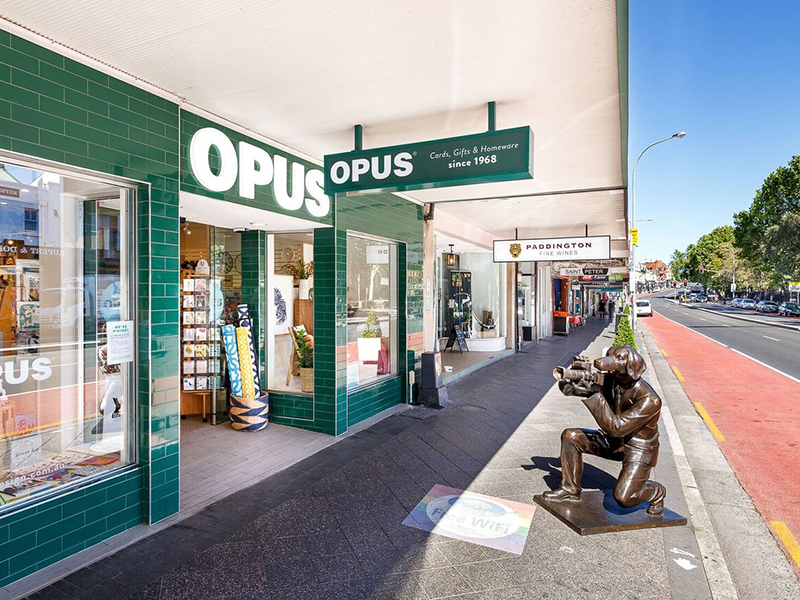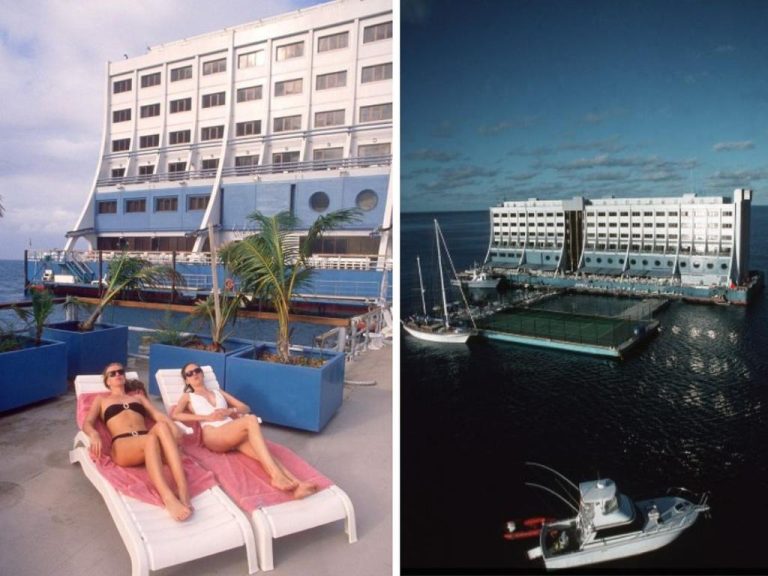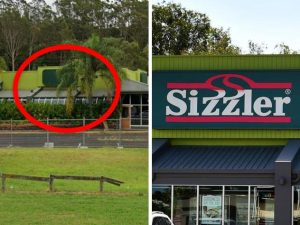Australia’s retail shopping strips brace for post-COVID ‘litmus test’

More ‘for lease’ signs are likely to appear along Australia’s high street shopping strips once the full impact of the coronavirus recession is felt by the retail sector.
Vacant shops have been a common sight for years in sections of premier suburban shopping strips such as Sydney’s Oxford Street and Melbourne’s Chapel Street, where retailers hope the pandemic will drive a resurgence as people shop locally.
Retail vacancy rates overall had been rising before COVID-19, but industry observers expect further closures once government stimulus and support measures taper off.
“The litmus test will come post-September when some of those support measures start to be removed,” REA Group’s executive manager of economic research Cameron Kusher said.
Mr Kusher expects it will be challenging for some retailers to reopen after being shut down for six months under Melbourne’s lockdown.
“I suspect a proportion of those people won’t be able to and then we will start to see more retail listings coming onto the market,” he said.
Australian Retailers Association chief executive officer Paul Zahra said the hit that retailers had taken from COVID-19 could not be underestimated and the industry faced a challenging road to recovery.
“Government support measures have been a lifeline for many, helping with cash flow, maintaining staff, boosting consumer spending, and providing insolvency support.” Mr Zahra said.
“However, once these measures taper off or expire, the full extent of the COVID-19 impact will be evident.”
Retail vacancies were rising pre-COVID
Mr Kusher said there have been more new rental listings coming onto the market for retail properties over the past four months compared to last year.
The latest data from realcommercial.com.au showed a 40% rise in new listings for retail property leases nationally in August, compared to August 2019.
Mr Kusher noted there was a significant increase in listings in the first few months of 2020, before coronavirus restrictions and lockdowns.
“The retail sector was struggling before COVID anyway,” Mr Kusher said. “We were seeing a lot of people going out of business beforehand.
“Also, we haven’t seen that big jump in new listings because there is still a moratorium on rental evictions.”
Mr Zahra said the debt overhang from deferred rent would be a big challenge for some retailers, as for many stores cash flow had not returned to levels where they could pay their usual rent plus the deferred amount.
He said CBD retail was hit particularly hard by Melbourne’s extended lockdown and would take a decade to recover.
“Extended lockdowns will sound the death knell for many retailers. Each week of trading before Christmas is critical to their survival and sadly we will see many store closures,” he said.
Mr Zahra said it was no surprise that premium shopping strips were struggling.
“They have been under rental pressure for some time with elevated rents and are without the foot traffic they depend on to survive,” he explained.
Record vacancies in some high streets
During Melbourne’s first lockdown, 14 stores closed in Melbourne’s Chapel Street precinct that extends through South Yarra, Prahran and Windsor.
Chapel Street Precinct Association president Justin O’Donnell said there were no further permanent closures during the second lockdown, but many were “just surviving” due to JobKeeper, rent assistance and insolvency relief measures.
Mr O’Donnell said before COVID-19, the precinct’s vacancy rate had dropped from 18% to 15% in December, amid anecdotal evidence that some landlords had adjusted their rent expectations.
A June survey by Plan1 Project Management & Consultancy, which excluded temporary store closures, found record high vacancy rates in a number of Melbourne’s key retail strips, including Chapel Street in South Yarra (21%) and Bridge Road in Richmond (22%).
Plan1 co-founder Richard Jenkins noted vacancies had been climbing in both strips in recent years following the departure of leading clothing retailers.
He said the South Yarra end of Chapel Street still had the highest rental levels of between $800 and $1500 per square metre a year, although above-average vacancy levels had placed downward pressure on rents across all the 11 strips.
Collectively the strips reached their highest vacancy rate at 12.3%, with Mr Jenkins expecting the numbers to have worsened since the survey.
Sydney’s Oxford Street ‘has faced tougher times’
Long-time trader Chris Tourgelis said the Oxford Street shopping strip – running through Paddington and Darlinghurst – had survived tougher times than COVID-19, particularly since the 2004 redevelopment of the Westfield Bondi Junction shopping centre.
“For lease signs in Paddington are something that we have become more and more accustomed to, but it’s no worse than it was a few years ago,” Mr Tourgelis said.
The Opus gift store, which first opened on Oxford Street in 1968, has been owned by the Tourgelis family for 42 years.

Oxford Street trader Chris Tourgelis says Paddington has survived tougher times than COVID. Picture: Chris Tourgelis
Mr Tourgelis said the coronavirus impact was more noticeable in terms of shop closures in Newtown, where he has operated a second store, Octopus Design, on King Street for 18 years.
Newtown was now experiencing a slowdown after years of boom times, he said.
“Paddington is more resilient in that we’ve encountered tough times before. When Bondi Junction opened, that was way worse than the coronavirus for this particular strip.
“Maybe temporarily it’s knocked a few people out but it’s probably more unusual in Newtown and other areas where they haven’t had a devastating impact of any sort for a long time.”
Mr Tourgelis believes local retail strips and areas have weathered the coronavirus impact better than shopping centres, as people stay local.
Hopes for a locally-driven resurgence
Mr Jenkins said the coronavirus pandemic may actually help suburban retail strips, thanks to people rediscovering their local shops and likely longer-term changes to where people live and work.
“I think the pandemic presents an opportunity for the rebirth of village shopping,” he said.
Mr O’Donnell, who started his own printing business Print Express in the Windsor end of Chapel Street during the Global Financial Crisis, also hopes the pandemic has an upside for high streets.
Despite foot traffic being down, people working from home instead of travelling into the CBD have also been shopping locally, particularly under Melbourne’s 5km rule.
“There’s possibly some silver lining for our high streets and seeing a resurgence in people shopping locally in their local high street over going to a crowded shopping centre or CBD,” Mr O’Donnell said.
“It does require people to understand that without their support, we could lose a lot of businesses too. It is on a knife’s edge.”








